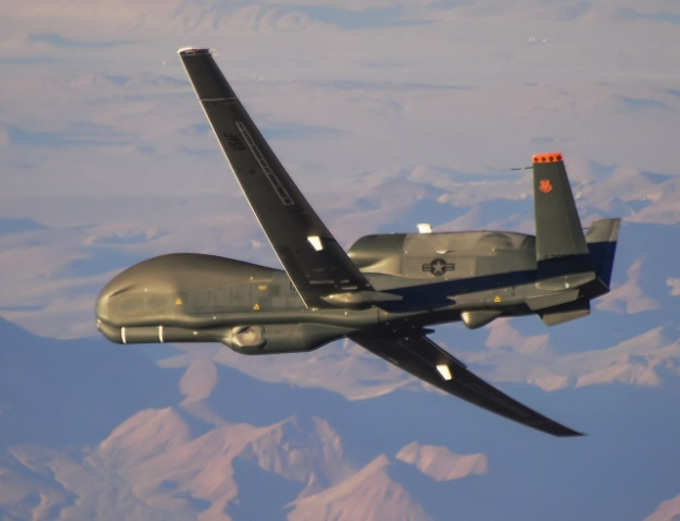 Leaving behind teams from some of the best universities of the world, Team Astral comprising a bunch of students from
Leaving behind teams from some of the best universities of the world, Team Astral comprising a bunch of students from Everyone - from the organizers to
The overall CanSat system is usually composed of two primary components, a glider and a re-entry container that protects the glider during ascent.
The global aerospace competition that is essentially a design-build-fly competition with space related themes, is organized by American Astronautical Society and American Institute of Aeronautics and Astronautics to work on evolving the CanSat system. Therefore, every year, there’s a mission this competition drives. This year, the competition was looking to simulate a sensor payload travelling through a planetary atmosphere sampling the atmospheric composition during flight.
73 teams from prestigious universities including University of California,
Team Astral from India comprising of students from Aerospace Engineering, Mechatronics Engineering, Electronics Engineering, Material Science Engineering, Computer Science Engineering and Design Studies perfectly demonstrated the working of their CanSat system as per stated guidelines.
Officials of American Astronautical Society, American Institute of Aeronautics and Astronautics and NASA applauded students’ efforts and precision in delivering the model. They were being guided by Dr. Ugur Guven and Prof. Zozimus Labana from UPES in this project.
Their glider designed for the CanSat system was 3D printed by School of Design Studies at UPES and was done under Dr. Soumyajit Ghoshal and Prof SV Savarkar’s supervision.
(Image source)
